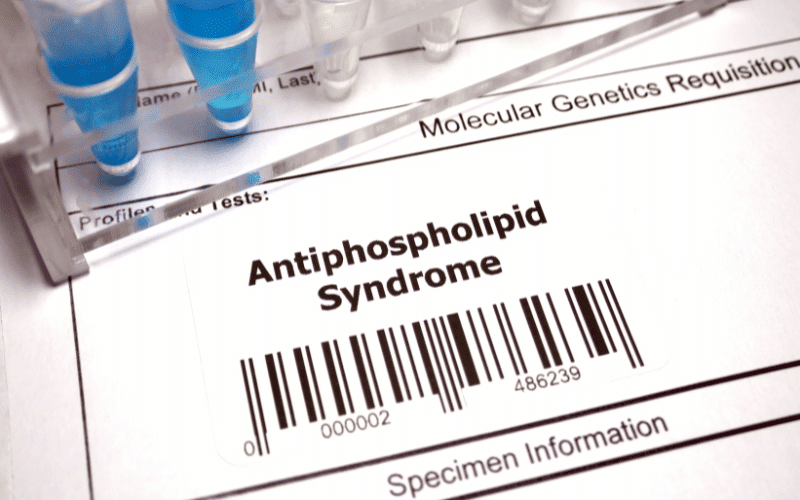Frequently Asked Questions about Antiphospholipid Syndrome

1. What causes Antiphospholipid Syndrome (APS)?
The exact cause of APS is still unknown. However, it is believed to be an autoimmune disorder, meaning that the immune system mistakenly attacks the body’s healthy cells and tissues. In the case of APS, the immune system targets phospholipids, which are essential components of cell membranes. Certain genetic and environmental factors may contribute to the development of APS, but more research is needed to fully understand its causes.
2. Can Antiphospholipid Syndrome be cured?
There is currently no cure for APS, but the condition can be managed with appropriate treatment. The primary goal of treatment is to prevent blood clots and manage any associated symptoms or complications. This may involve medications such as blood thinners, anti-inflammatory drugs, or immunosuppressive agents. It is important for individuals with APS to work closely with their healthcare providers to develop a personalized treatment plan that addresses their specific needs and symptoms.
3. Is Antiphospholipid Syndrome hereditary?
There may be a genetic component to APS, as it sometimes occurs in multiple family members. However, the exact inheritance pattern is still unclear, and many individuals with APS have no known family history of the condition. More research is needed to determine the precise role of genetics in the development of APS.
4. How is Antiphospholipid Syndrome diagnosed?
The diagnosis of APS typically involves a combination of blood tests and a thorough evaluation of the patient’s medical history and symptoms. Blood tests may include tests for antiphospholipid antibodies, such as lupus anticoagulant, anticardiolipin antibodies, and anti-beta2-glycoprotein I antibodies. These tests may need to be repeated after a certain period to confirm the diagnosis, as the presence of these antibodies can sometimes be temporary and not indicative of APS.
5. What is the difference between primary and secondary Antiphospholipid Syndrome?
Primary APS occurs independently, without any association with another underlying autoimmune disorder. In contrast, secondary APS is associated with another autoimmune disorder, most commonly systemic lupus erythematosus (SLE). The symptoms and treatment of primary and secondary APS are generally similar, but patients with secondary APS may require additional treatment to manage the associated autoimmune disorder.
Conclusion
Antiphospholipid Syndrome is a complex autoimmune disorder with a wide range of symptoms that can affect various aspects of an individual’s health. Early recognition and management of APS symptoms are crucial to minimize the risk of severe complications and improve the overall quality of life for those affected by the condition.
By understanding the top 10 symptoms of APS, you can be better equipped to recognize the signs and seek appropriate medical attention. Remember, early diagnosis and intervention are key to effectively managing this potentially life-threatening disorder.